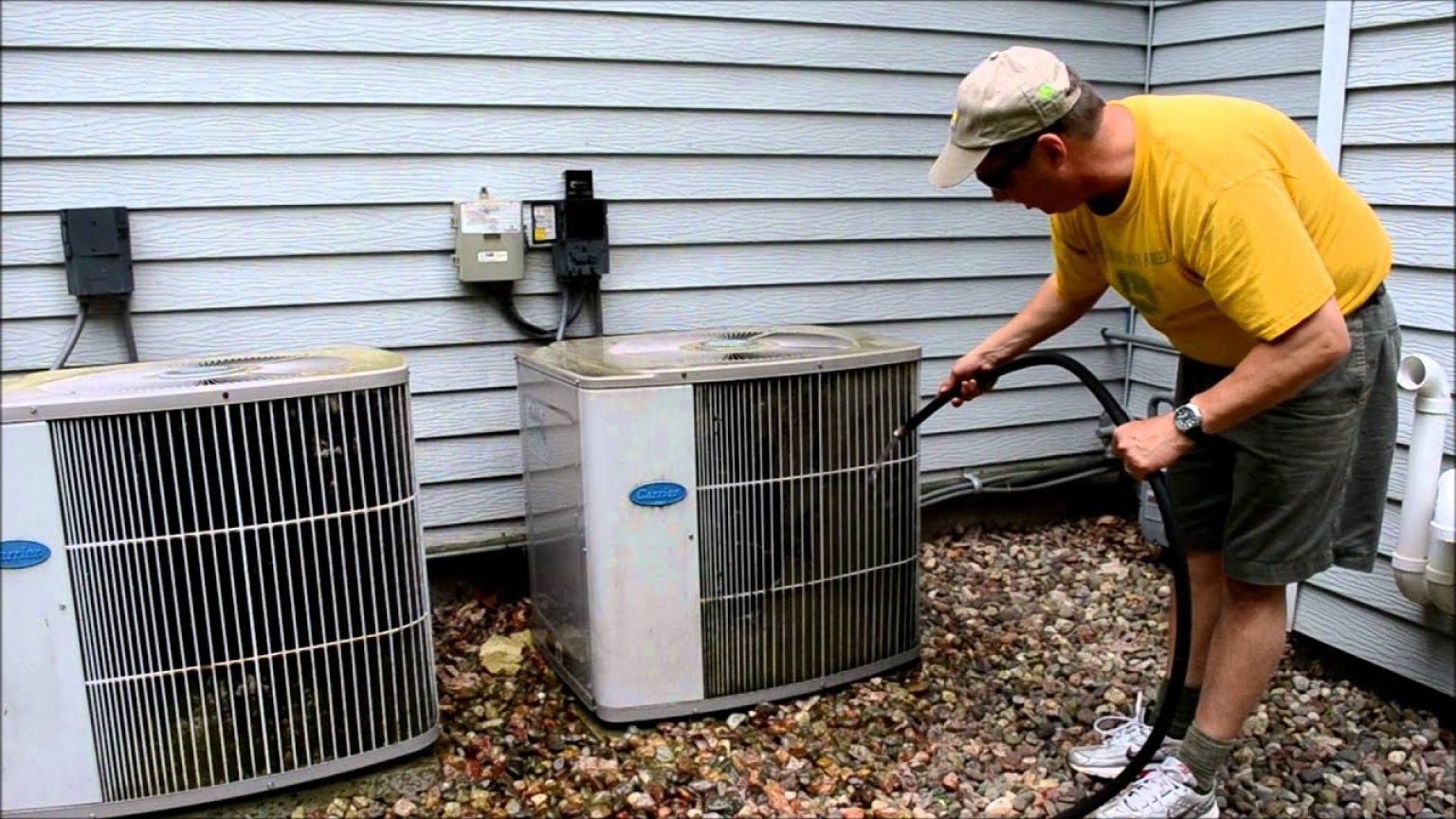

Articles
What Is An AC Coil
Modified: January 19, 2024
Discover everything you need to know about AC coils in our informative and comprehensive articles. Get expert advice and tips to keep your system running smoothly.
(Many of the links in this article redirect to a specific reviewed product. Your purchase of these products through affiliate links helps to generate commission for Storables.com, at no extra cost. Learn more)
Introduction
When it comes to keeping your home cool during the hot summer months, the air conditioning (AC) system is an essential component. While most people are familiar with the basic functions of an AC system, many may not be aware of the intricate parts that make it work effectively. One crucial element of an AC system is the AC coil.
In this article, we will explore what an AC coil is, the different types of AC coils, how they work, and the importance of proper maintenance. By understanding more about AC coils, you can gain insight into your AC system’s functioning and take the necessary steps to ensure optimal performance.
Key Takeaways:
- AC coils, including evaporator and condenser coils, are crucial for efficient heat transfer and cooling in your AC system. Regular maintenance is essential to ensure optimal performance and energy efficiency.
- Signs of faulty AC coils, such as insufficient cooling, ice buildup, and higher energy bills, indicate the need for professional inspection and repair. Proper maintenance, including cleaning and clearing the surrounding area, is key to preserving the coils’ efficiency and preventing issues.
Read more: How Much To Replace AC Coil
What Is an AC Coil?
An AC coil, also known as an air conditioning coil, is a component of the AC system that plays a crucial role in the cooling process. It is responsible for the transfer of heat between the indoor and outdoor units of the AC system.
AC coils are typically made of copper, aluminum, or a combination of both. They are designed in a coil shape to provide maximum surface area for heat transfer. The two main types of AC coils are the evaporator coil and the condenser coil.
The evaporator coil, also known as the indoor coil, is located inside the indoor unit of the AC system. This coil absorbs heat from the air inside your home, cooling it down and removing moisture. As the warm air passes over the cold evaporator coil, the heat is transferred to the refrigerant circulating inside the coil.
The condenser coil, on the other hand, is located in the outdoor unit of the AC system. It is responsible for releasing the heat absorbed by the evaporator coil into the outdoor air. The condenser coil works by allowing the refrigerant to flow through its fins, which are exposed to the outside air. As the hot refrigerant flows through the coil, it releases the heat, causing the refrigerant to cool down and condense back into a liquid state.
Together, the evaporator coil and condenser coil form a closed-loop refrigeration system. The refrigerant continuously cycles between the two coils, absorbing heat from the indoor air and releasing it into the outdoor air.
AC coils are essential for the proper functioning of your AC system. Without them, your AC system would not be able to cool the air effectively, resulting in discomfort and inefficient cooling.
Types of AC Coils
There are two main types of AC coils: evaporator coils and condenser coils. Let’s take a closer look at each of these types:
- Evaporator Coils: The evaporator coil is located inside the indoor unit of the AC system. It is responsible for absorbing heat from the indoor air and cooling it down. Evaporator coils are typically made of copper or aluminum and are designed with a series of tubes or fins to maximize heat transfer. These coils work by allowing the cold refrigerant to circulate through them. As warm air from your home passes over the coils, the refrigerant absorbs the heat, cooling the air in the process. The cooled air is then distributed back into your living space, providing a comfortable indoor environment.
- Condenser Coils: The condenser coil is located in the outdoor unit of the AC system. Its primary function is to release the heat absorbed by the evaporator coil. Condenser coils are also made of copper or aluminum and feature a series of fins to enhance heat transfer. As the hot refrigerant from the evaporator coil flows into the condenser coil, it releases the heat into the outdoor air. This heat exchange process causes the refrigerant to cool down and return to a liquid state. The condenser fans help dissipate the heat, allowing the refrigerant to cycle back to the evaporator coil to repeat the cooling process.
Both evaporator coils and condenser coils are vital for the proper functioning of the AC system. They work together to transfer heat and ensure efficient cooling of your home.
Evaporator Coils
The evaporator coil is a crucial component of your AC system that is responsible for cooling the air inside your home. Located in the indoor unit, the evaporator coil works hand in hand with the condenser coil to facilitate the heat transfer process.
Evaporator coils are typically made of copper or aluminum and are designed in a coil shape to maximize surface area for heat exchange. They are connected to the refrigerant lines and are crucial in extracting heat from the indoor air.
As warm air from your home is blown over the cold surface of the evaporator coils, the refrigerant flowing inside the coils absorbs the heat, causing the air to become cool. The moisture in the air also condenses on the coils, helping remove humidity from your indoor environment.
To enhance the efficiency of heat transfer, evaporator coils are equipped with fin-like structures or plates. These fins increase the contact area between the air and the coils, ensuring effective cooling. However, these fins can also accumulate dust, dirt, and debris over time, which can obstruct airflow and reduce the coils’ efficiency.
Proper maintenance of evaporator coils is crucial to ensure their optimal performance. Regular cleaning and removing any debris buildup will ensure efficient heat transfer and prevent clogging or freezing of the coils.
If the evaporator coils become damaged or develop leaks, it can lead to a loss of refrigerant, affecting the cooling process. In such cases, it is important to contact a professional HVAC technician to inspect and repair the coils.
Considering the critical role that evaporator coils play in your AC system, it is essential to schedule regular maintenance to keep them clean and in good working condition. This will not only ensure proper cooling but also prolong the lifespan of your AC system.
Condenser Coils
The condenser coil is an essential part of your AC system that is responsible for releasing the heat collected from your indoor space into the outdoor air. Located in the outdoor unit, the condenser coil works in tandem with the evaporator coil to facilitate the heat exchange process.
Condenser coils are commonly made of copper or aluminum and are designed with fins to maximize the surface area for efficient heat transfer. They are connected to the compressor and are responsible for releasing the heat absorbed by the evaporator coil.
The process begins when the high-pressure, hot refrigerant gas from the compressor enters the condenser coil. As the refrigerant flows through the coil and comes into contact with the cooler outdoor air, heat is transferred from the refrigerant to the air. This causes the refrigerant to cool down and convert into a liquid state.
The condenser coil works in conjunction with condenser fans, which help dissipate the heat from the coils into the surrounding air. The fans increase airflow over the coils, accelerating the heat transfer process.
Efficient functioning of the condenser coils is crucial for optimal cooling performance. Over time, these coils can accumulate dirt, dust, and debris, which can obstruct the airflow and reduce the heat transfer efficiency. This can lead to reduced cooling capacity and increased energy consumption.
To maintain the performance of the condenser coils, regular cleaning and maintenance are necessary. It is recommended to have a professional HVAC technician inspect and clean the coils annually to ensure they are free from any debris or blockages.
In some cases, condenser coils may develop leaks or become damaged due to external factors. If this happens, it is important to seek the assistance of a professional technician to assess and repair the coils. Ignoring or delaying the repair of damaged condenser coils can result in reduced cooling efficiency and potential damage to the entire AC system.
By properly maintaining and caring for your condenser coils, you can ensure that your AC system operates at its best, providing you with cool and comfortable indoor temperatures, even during the hottest months of the year.
Regular maintenance of your AC coil is essential for efficient cooling. Clean or replace the air filter regularly to prevent dirt and debris from clogging the coil, which can reduce its effectiveness.
Read more: How Much To Clean AC Coils
How Do AC Coils Work?
AC coils play a vital role in the cooling process of an air conditioning system. The two main types of AC coils, the evaporator coil and the condenser coil, work together to transfer heat and facilitate the cooling process.
Let’s take a closer look at how these coils work:
- Evaporator Coils: The evaporator coil is located in the indoor unit of the AC system. It works by absorbing the heat from the indoor air. As the warm air from your home passes over the cold surface of the evaporator coils, the refrigerant, flowing inside the coils, absorbs the heat. This causes the air to become cool and the moisture in the air to condense on the coils, lowering the humidity. The cooled air is then distributed back into your living space, providing a comfortable environment.
- Condenser Coils: The condenser coil is located in the outdoor unit of the AC system. Its primary function is to release the heat absorbed by the evaporator coil. The refrigerant, in a high-pressure, hot gas state, flows into the condenser coil from the compressor. As the refrigerant passes through the coil, it comes into contact with the outdoor air, which is cooler than the refrigerant. This temperature difference allows the heat to transfer from the refrigerant to the air, causing the refrigerant to cool down and condense into a liquid state. The condenser fan assists in expelling the heat from the coils into the surrounding air.
The AC system operates as a continuous cycle where the refrigerant flows between the evaporator coil and the condenser coil. In the evaporator coil, heat is absorbed from the indoor air, cooling it down. The refrigerant then carries this heat to the condenser coil, where it is released into the outdoor air. The refrigerant then returns to the evaporator coil to repeat the cycle.
Both the evaporator coil and the condenser coil must be functioning properly for efficient heat transfer and cooling. Any damage or dirt accumulation on the coils can hinder their performance and reduce the overall cooling efficiency of the AC system.
Regular maintenance, including cleaning and inspection of the coils, is crucial to ensure their optimal performance. By keeping the coils clean and well-maintained, you can maximize the cooling capacity of your AC system and prolong its lifespan.
Importance of AC Coils
AC coils are essential components of an air conditioning system and play a crucial role in providing cool and comfortable indoor temperatures. Understanding the importance of these coils is key to appreciating the overall functioning and performance of your AC system.
Here are some key reasons why AC coils are important:
- Heat Transfer: AC coils facilitate the transfer of heat from the indoor air to the outdoor environment. The evaporator coil absorbs heat from the air inside your home, cooling it down. The condenser coil then releases the absorbed heat from the evaporator coil into the outdoor air. This heat transfer process is essential for achieving the desired cooling effect in your home.
- Cooling Efficiency: Efficient and well-maintained AC coils contribute to the overall cooling efficiency of your AC system. By properly absorbing and releasing heat, the coils help maintain consistent and comfortable indoor temperatures.
- Energy Efficiency: When AC coils are clean and functioning optimally, they allow for improved energy efficiency. With efficient heat transfer, the AC system doesn’t have to work as hard to cool the air, resulting in lower energy consumption and potentially reducing your energy bills.
- Humidity Control: Evaporator coils also play a role in dehumidification. As warm air passes over the cold evaporator coil, moisture in the air condenses on the coils and is removed from the indoor environment. This helps reduce humidity levels, enhancing comfort and preventing issues like mold and mildew growth.
- Longevity of AC System: Proper maintenance of AC coils can extend the lifespan of your AC system. Regular cleaning and inspections can prevent dirt, debris, and damage from affecting the coils’ performance and potentially causing more significant issues with the overall system.
Considering the critical functions they perform, it is essential to prioritize the care and maintenance of your AC coils. Regularly cleaning and inspecting the coils, as well as scheduling professional maintenance, can ensure their optimal performance and contribute to a more efficient and durable AC system.
Signs of a Faulty AC Coil
AC coils are integral to the cooling process of your air conditioning system. When these coils encounter issues or become faulty, it can significantly impact the performance and functionality of your AC system. Recognizing the signs of a faulty AC coil is crucial in addressing the problem promptly. Here are some common indicators to watch out for:
- Insufficient Cooling: If you notice that your AC system is not providing adequate cooling, it could be a sign of a faulty AC coil. When the evaporator coil is not functioning correctly, it may struggle to extract heat from the indoor air effectively, resulting in decreased cooling performance.
- Inconsistent Temperature: Another sign of a faulty AC coil is inconsistency in indoor temperatures. You may notice certain areas of your home feeling warmer or cooler than others, indicating that the evaporator coil is not distributing cool air evenly throughout your living space.
- Frequent Cycling: If your AC unit seems to be turning on and off more frequently than usual, it could be an indication of a problematic AC coil. A faulty coil may cause your system to work harder to achieve the desired cooling level, leading to increased cycling.
- Ice Buildup: Ice formation on the evaporator coil is a clear sign of a problem. A frozen coil is often caused by restricted airflow due to dirt, debris, or a refrigerant leak. If you notice ice on your evaporator coil, it is important to have it inspected and repaired as soon as possible to prevent further damage.
- Higher Energy Bills: A faulty AC coil can negatively impact your energy efficiency, resulting in higher energy bills. If you notice a sudden increase in your cooling costs without any change in usage, it may be due to an inefficient AC coil that is putting unnecessary strain on your system.
- Strange Noises: Unusual noises coming from your AC system, such as hissing, buzzing, or rattling sounds, can be an indication of a faulty coil. These noises may occur due to refrigerant leaks or loose components within the coil, and prompt attention is necessary to prevent further damage.
If you observe any of these signs, it is highly recommended to contact a professional HVAC technician to diagnose and address the issue with your AC coil. Attempting to fix the problem yourself may potentially cause more harm or even compromise your safety. Skilled technicians have the expertise and tools to identify and repair AC coil problems, ensuring your system operates efficiently and effectively.
Proper Maintenance of AC Coils
Maintaining your AC coils is essential to ensure the optimal performance and longevity of your air conditioning system. Proper care and maintenance can help prevent issues with the coils and maximize the cooling efficiency of your AC system. Here are some steps you can take to maintain your AC coils:
- Regular Cleaning: It is important to regularly clean your AC coils to remove any dirt, dust, or debris that can accumulate on the surface. Over time, these particles can obstruct airflow and hinder heat transfer, reducing the coils’ efficiency. You can use a soft brush or a vacuum with a brush attachment to gently clean the coils. Be sure to turn off the power to your AC unit before cleaning.
- Clear Surrounding Area: Keep the area around your outdoor unit clear of any vegetation, plants, or debris. This allows for proper airflow and prevents obstructions that can affect the performance of the condenser coil. Trim any shrubs or trees that may be growing too close to the unit.
- Avoid Blockages: Ensure that air vents and registers are not blocked by furniture, curtains, or other objects. Blocked vents can restrict the flow of air, leading to an imbalance in the cooling process and potentially causing strain on the evaporator coil.
- Check for Refrigerant Leaks: Inspect your AC system regularly for any signs of refrigerant leaks. Low refrigerant levels can impact the coils’ ability to cool the air effectively and can also cause other issues within the system. If you notice a refrigerant leak, it is essential to have it addressed by a professional technician.
- Schedule Professional Maintenance: It is highly recommended to schedule professional maintenance for your AC system at least once a year. A trained HVAC technician will perform a thorough inspection, clean the coils, check refrigerant levels, and ensure the system is functioning optimally. They can also identify and address any potential issues before they become major problems.
- Change Air Filters: Regularly change the air filters in your HVAC system to maintain proper airflow. Clogged or dirty filters can obstruct airflow and put strain on the AC coils. Follow the manufacturer’s recommendations for filter replacement frequency.
By following these maintenance practices, you can ensure that your AC coils remain clean, free of obstructions, and in good working condition. This will not only enhance the cooling efficiency of your AC system but also extend its lifespan and help you save on energy costs.
Remember, if you are not comfortable performing any maintenance tasks yourself or if you notice any issues with your AC coils, it is always best to consult with a professional HVAC technician who can provide expert guidance and assistance.
Read more: How To Clean AC Unit Coils
Conclusion
AC coils are integral components of your air conditioning system, working together to transfer heat and provide cool and comfortable indoor temperatures. Understanding the importance of these coils and properly maintaining them is vital for optimal cooling performance and energy efficiency.
The evaporator coil, located in the indoor unit, absorbs heat from the indoor air, cooling it down and removing humidity. The condenser coil, situated in the outdoor unit, releases the heat absorbed by the evaporator coil into the outdoor air. These coils form a closed-loop refrigeration system, continuously transferring heat and ensuring efficient cooling.
Recognizing the signs of a faulty AC coil, such as insufficient cooling, inconsistent temperatures, ice buildup, and higher energy bills, is crucial for addressing issues promptly. Regular maintenance, including cleaning the coils, clearing the surrounding area, and checking for refrigerant leaks, is key to preserving the coils’ efficiency and preventing problems.
Proper maintenance also involves scheduling professional maintenance at least once a year. Professionals can perform a thorough inspection, clean the coils, and address any potential issues before they escalate.
By taking these steps to maintain your AC coils, you can ensure efficient cooling, prolong the lifespan of your AC system, and prevent unnecessary energy consumption. A well-maintained AC system not only provides comfortable indoor temperatures but also helps you save on energy costs.
Remember, if you notice any issues with your AC coils or are unsure about performing maintenance tasks yourself, it is always best to consult with a professional HVAC technician. They have the expertise and experience to handle any AC coil-related concerns and keep your air conditioning system running smoothly.
Take the necessary steps to care for your AC coils, and you’ll enjoy a well-functioning and reliable AC system that keeps you cool and comfortable, even on the hottest days.
Frequently Asked Questions about What Is An AC Coil
Was this page helpful?
At Storables.com, we guarantee accurate and reliable information. Our content, validated by Expert Board Contributors, is crafted following stringent Editorial Policies. We're committed to providing you with well-researched, expert-backed insights for all your informational needs.
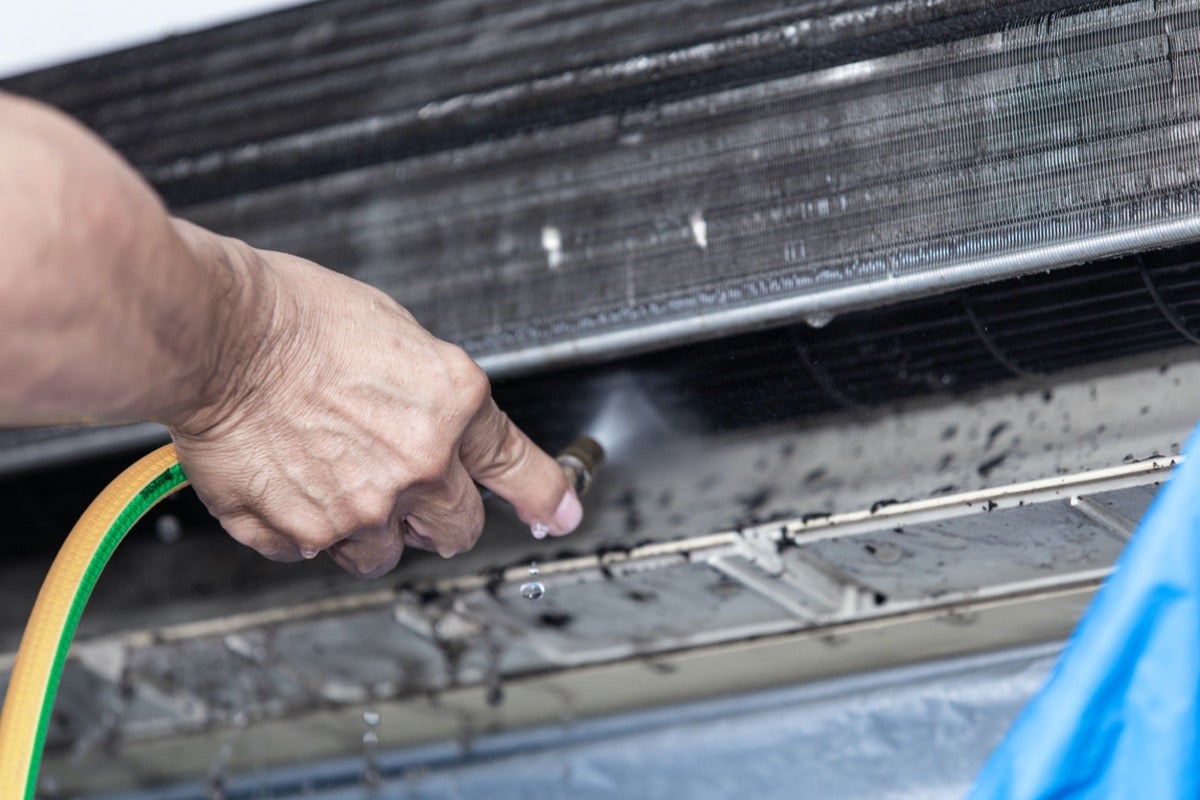
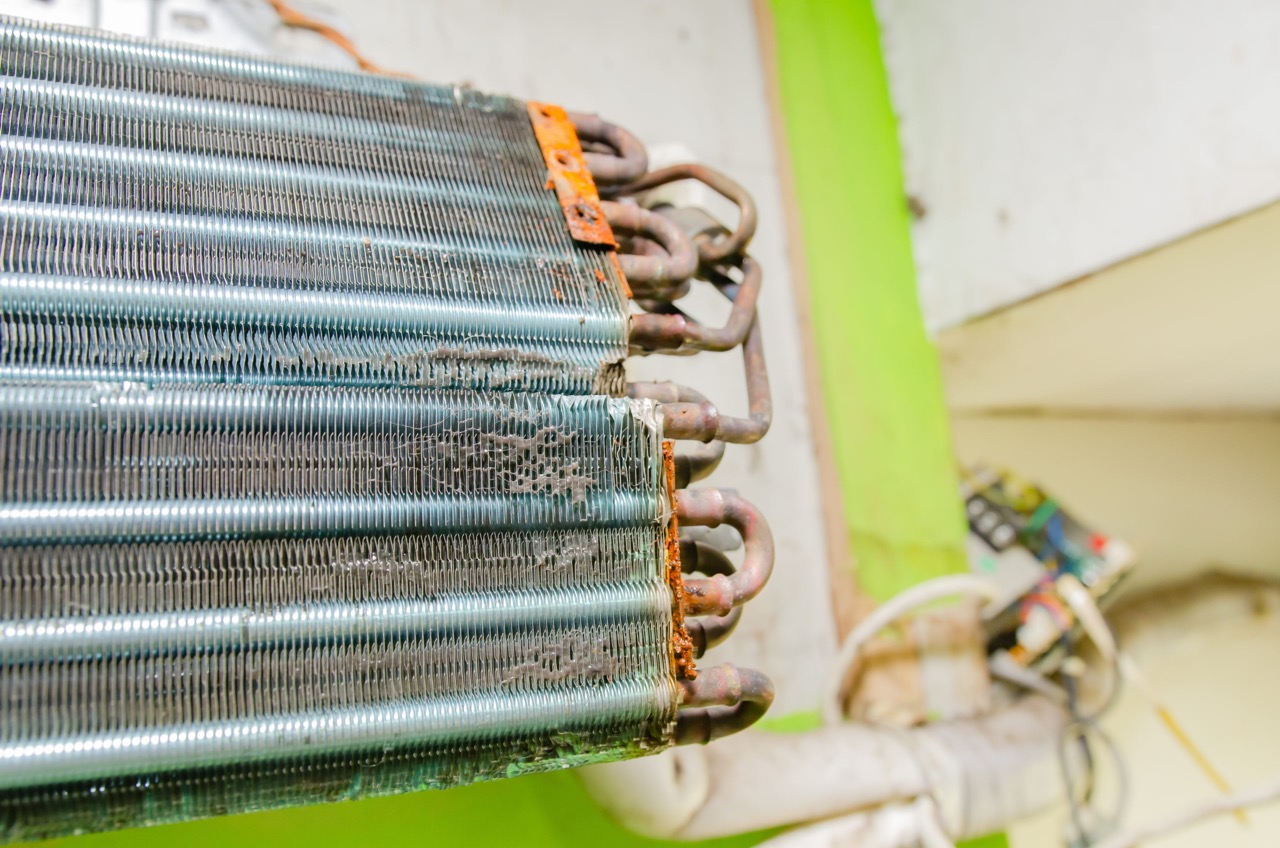
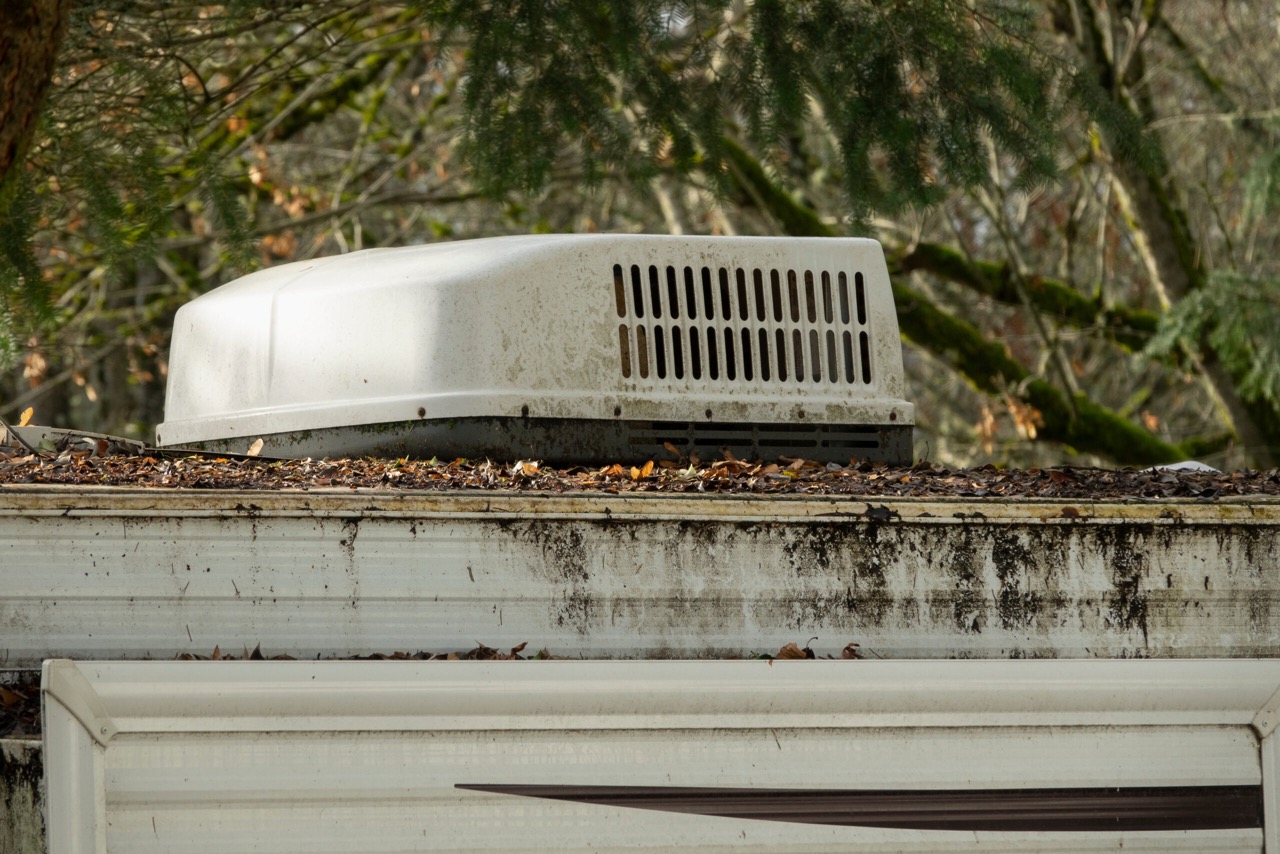
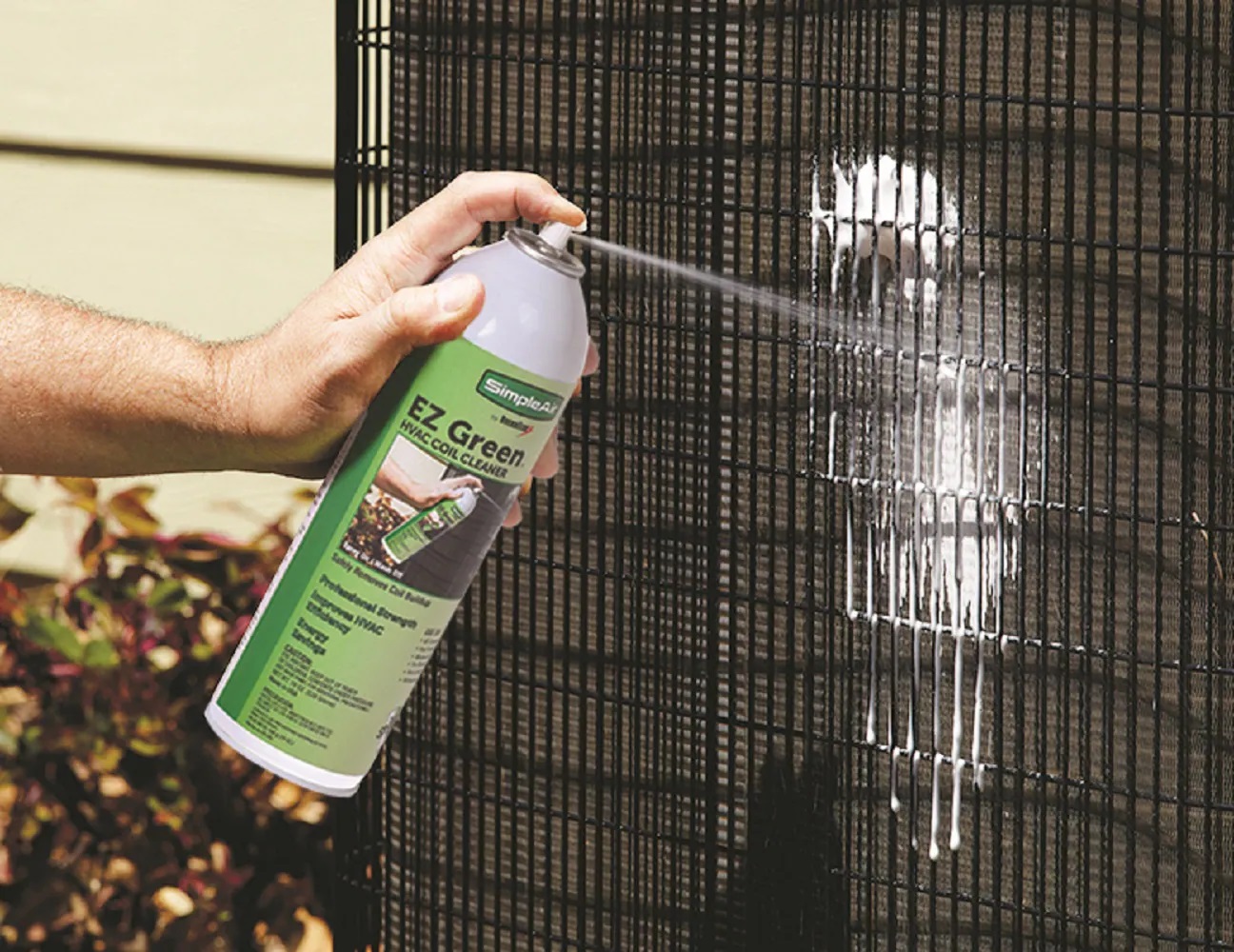
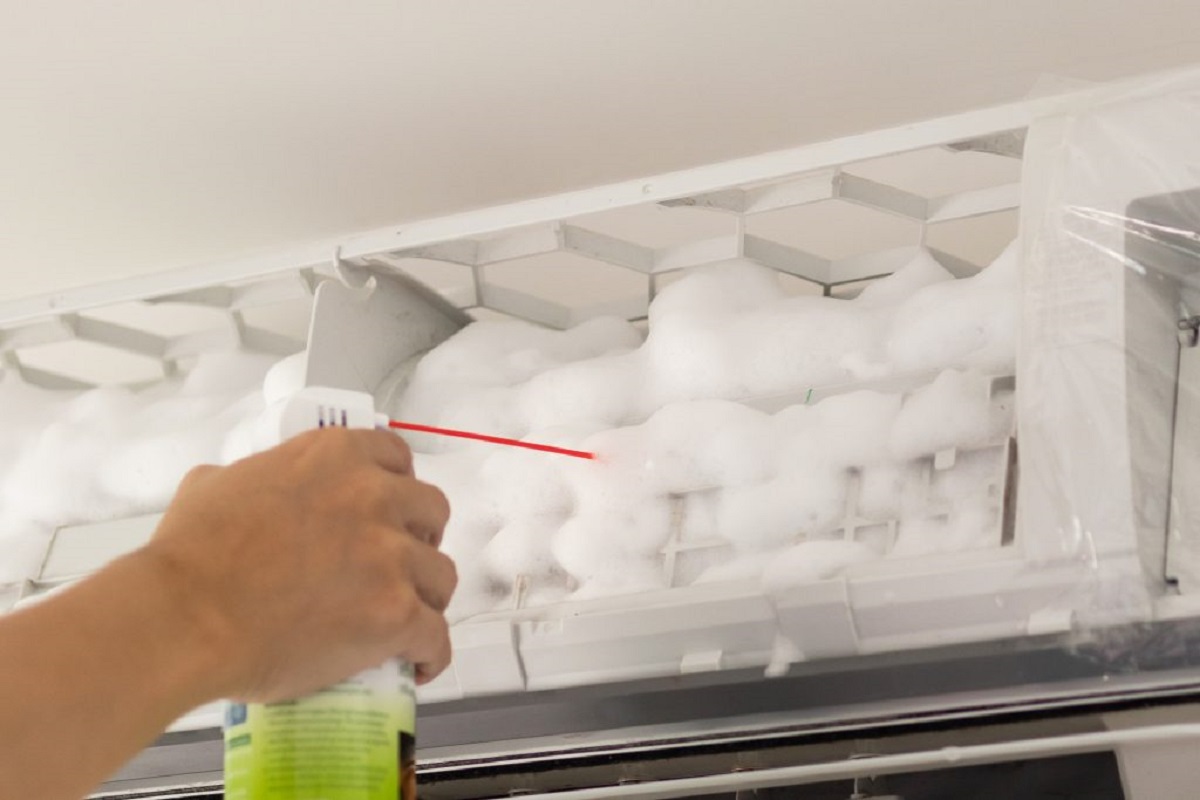
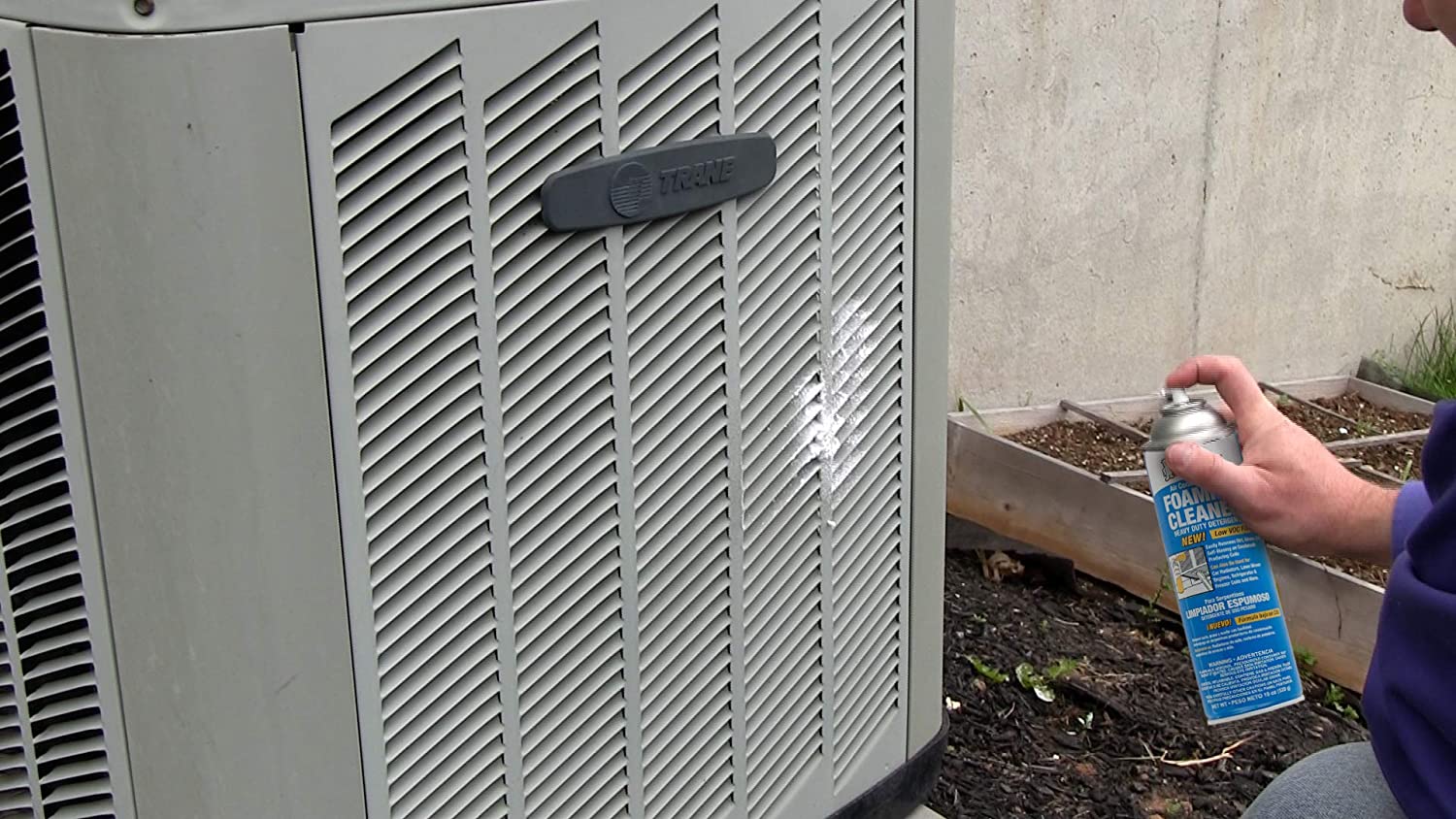
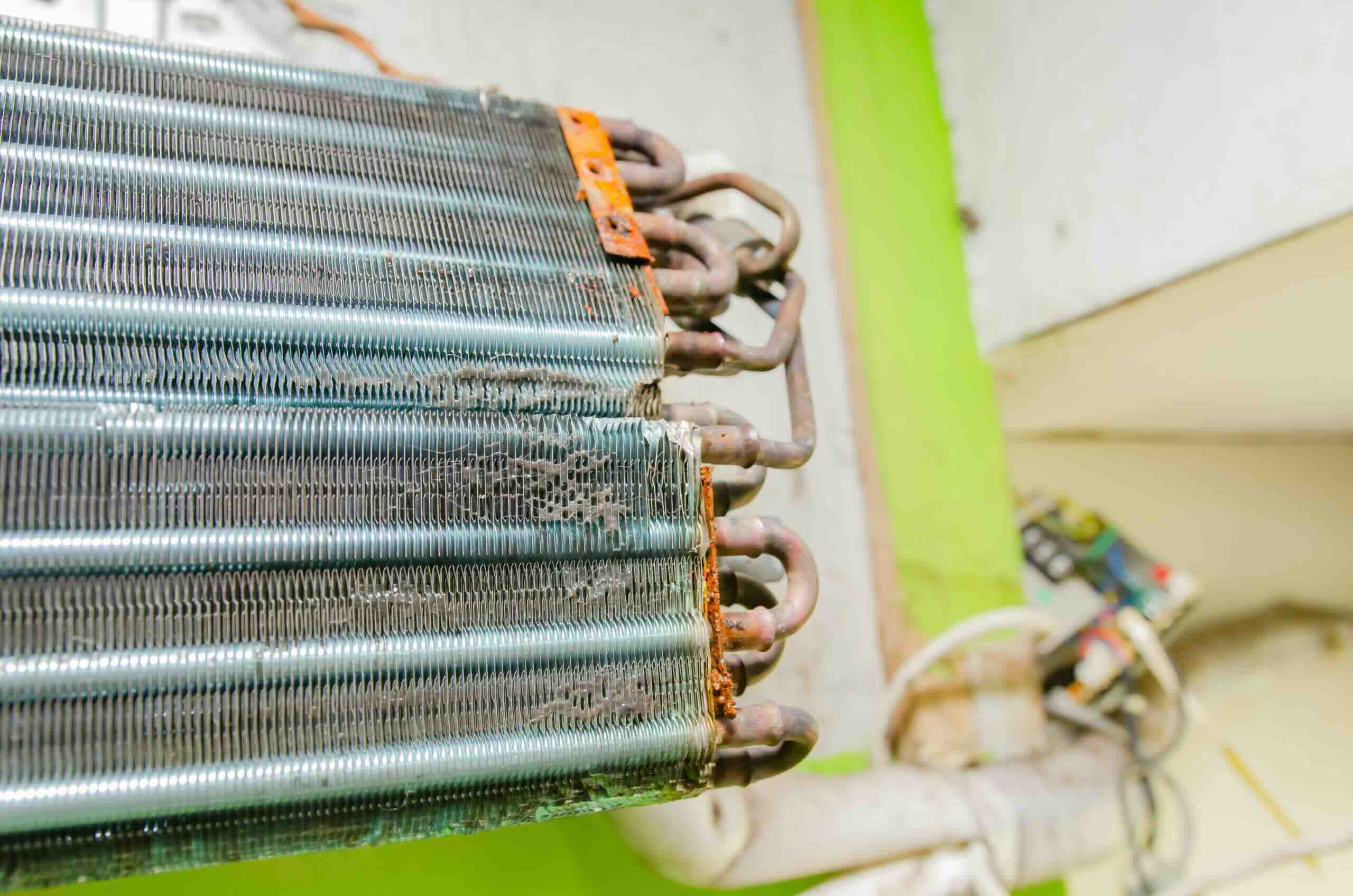
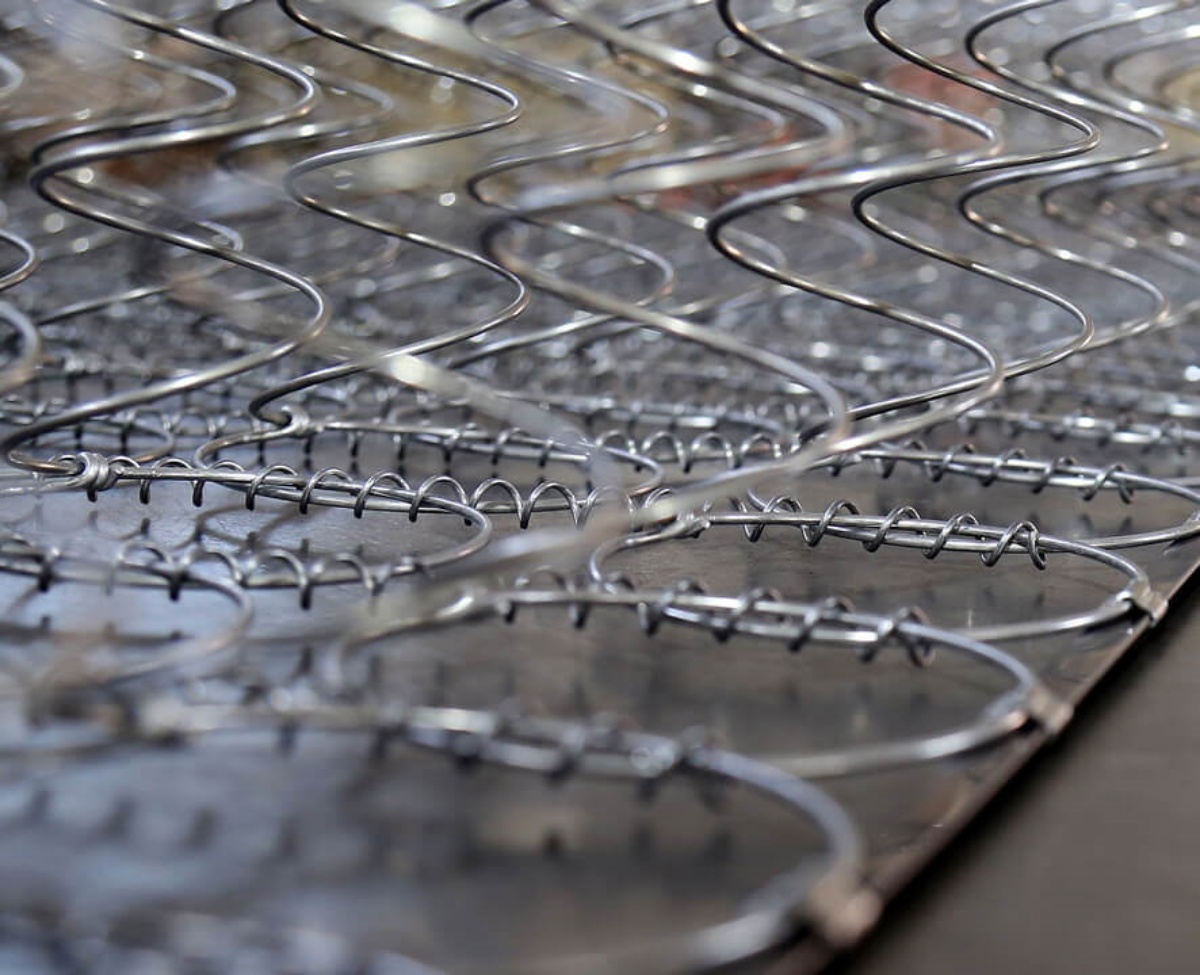
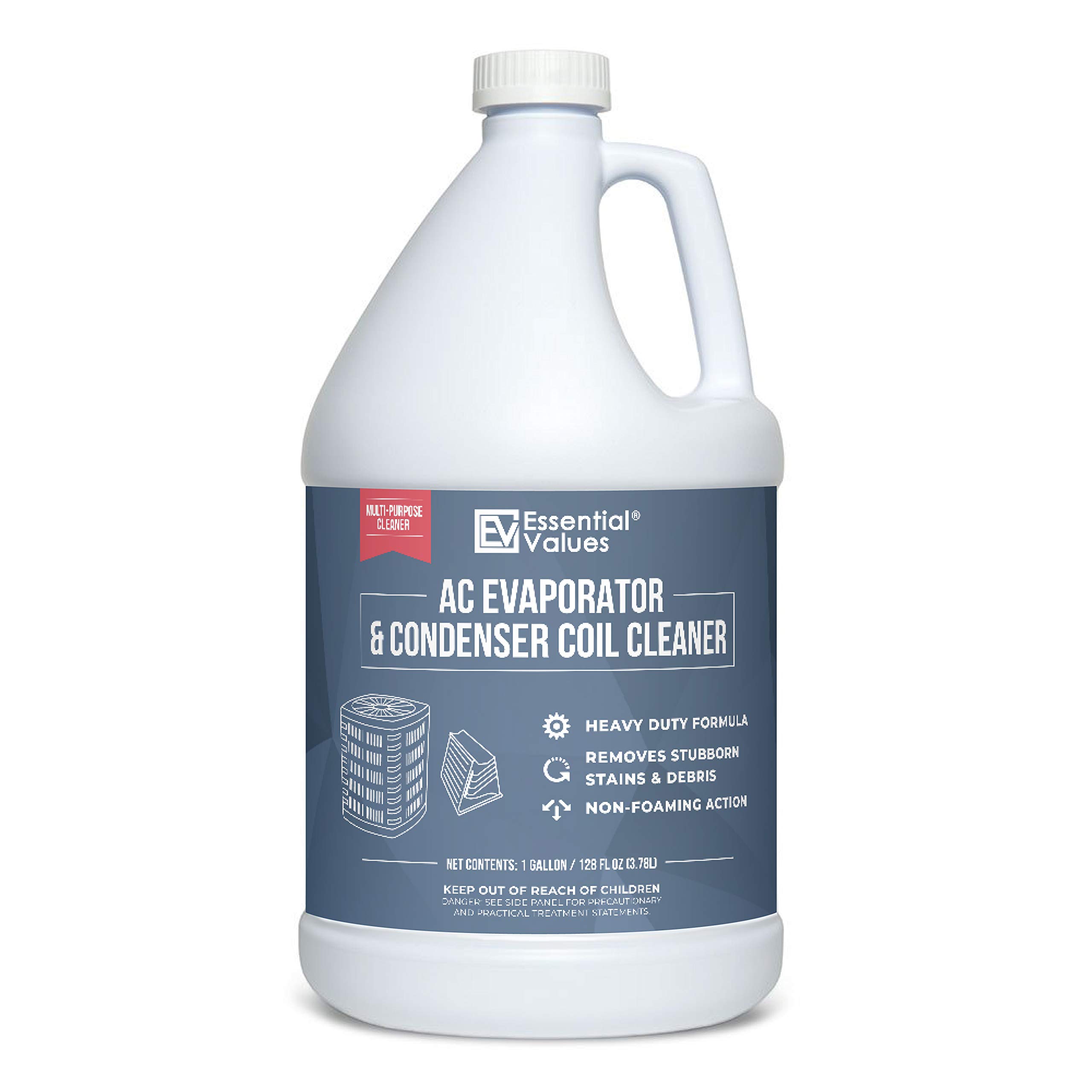
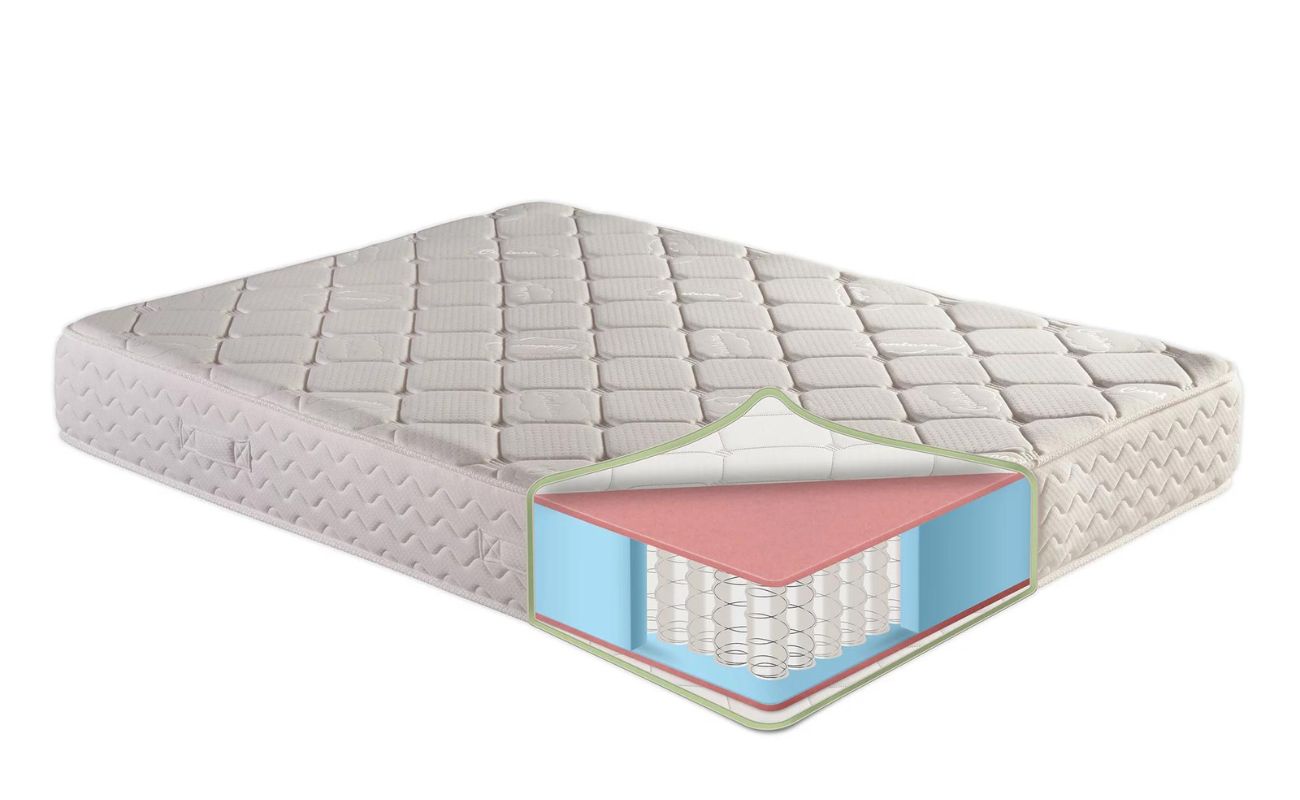
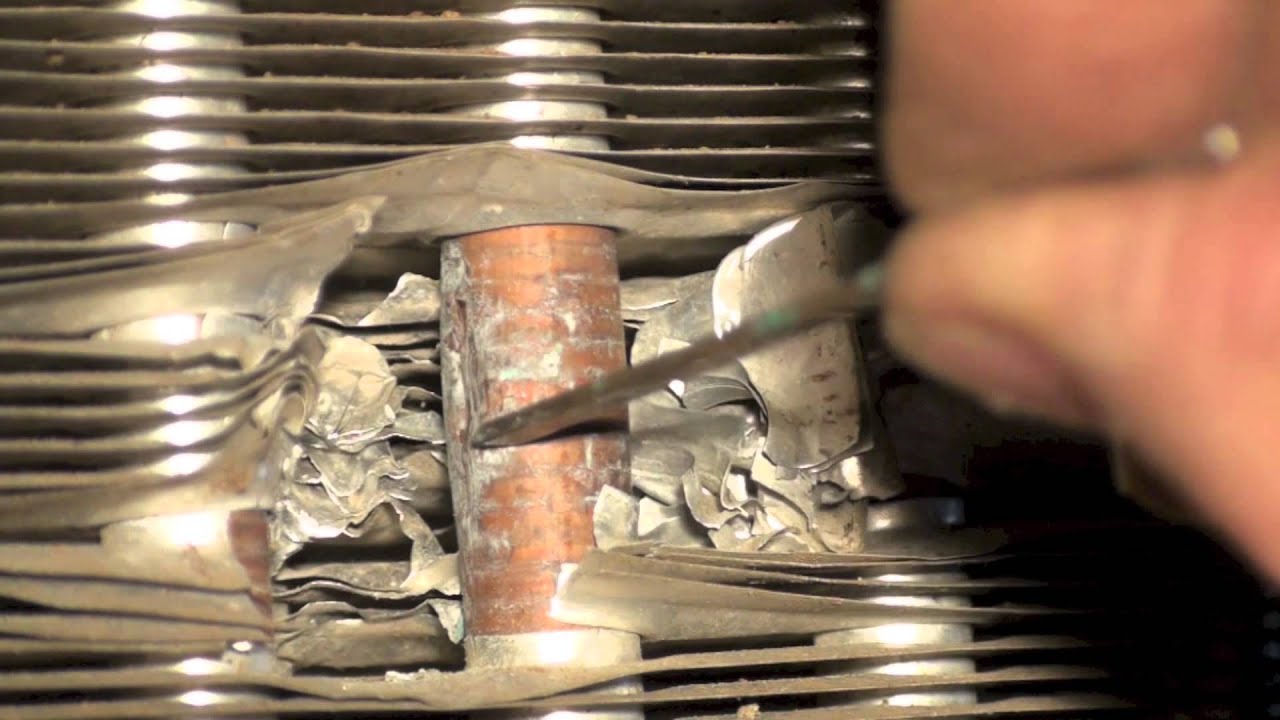
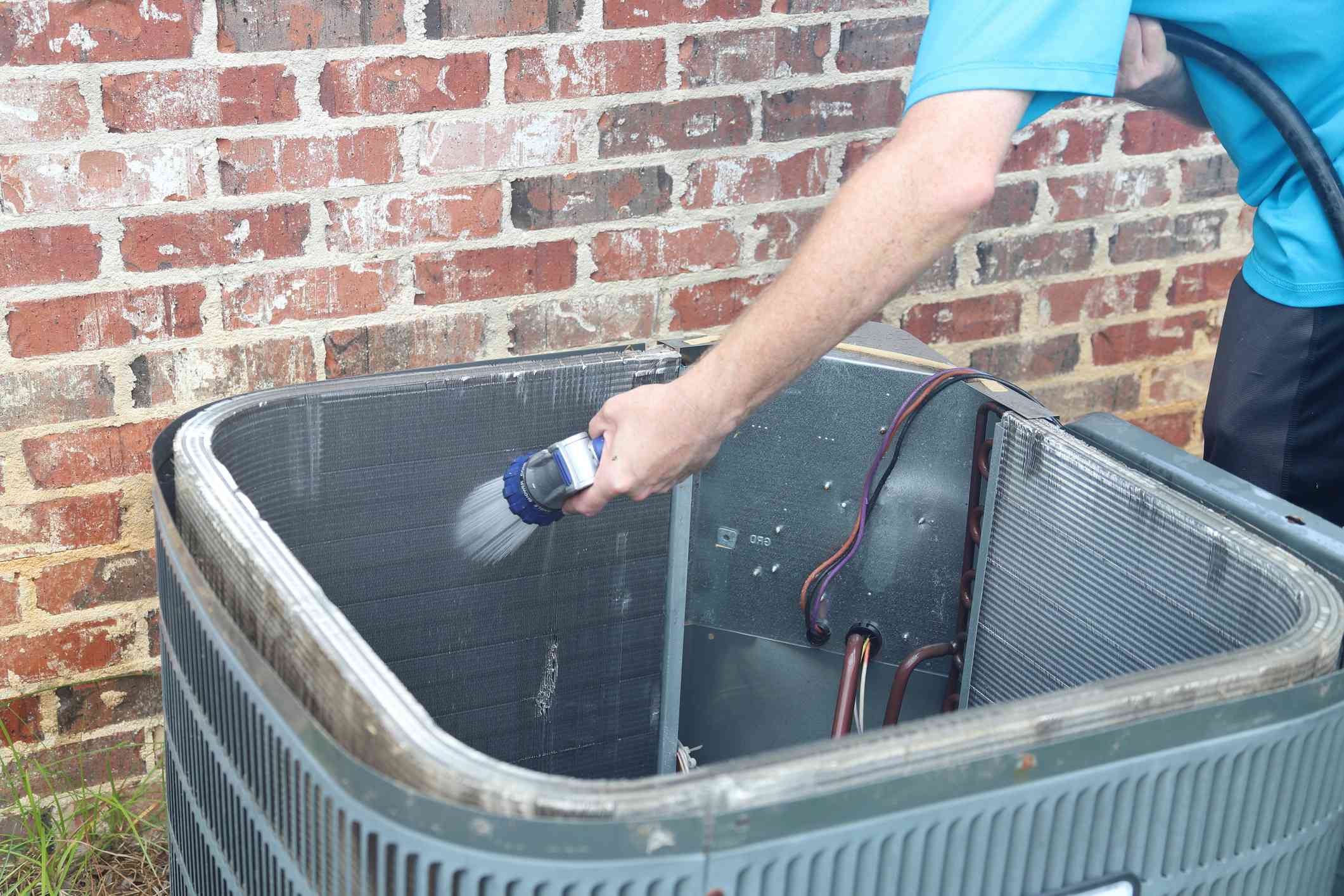
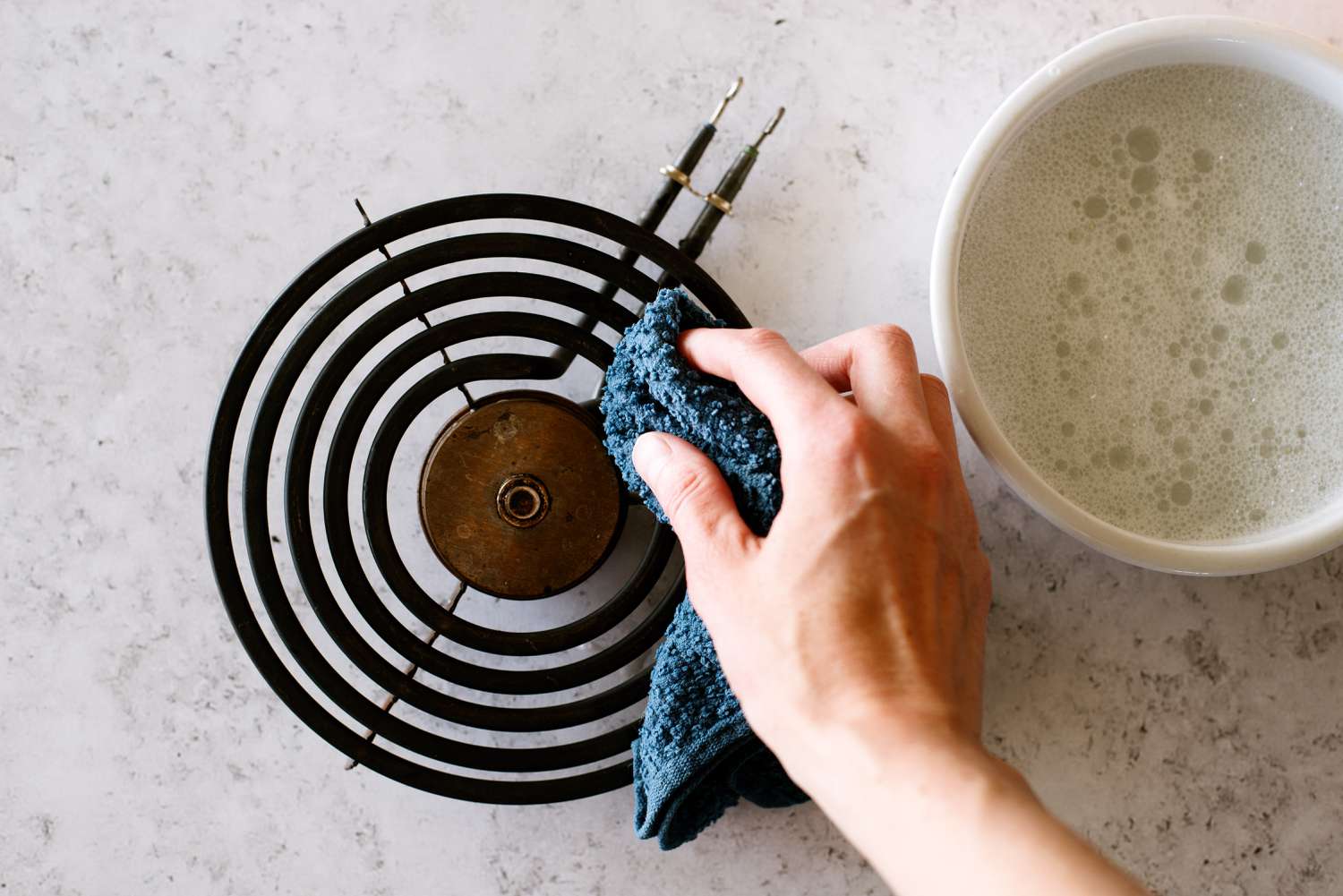

0 thoughts on “What Is An AC Coil”